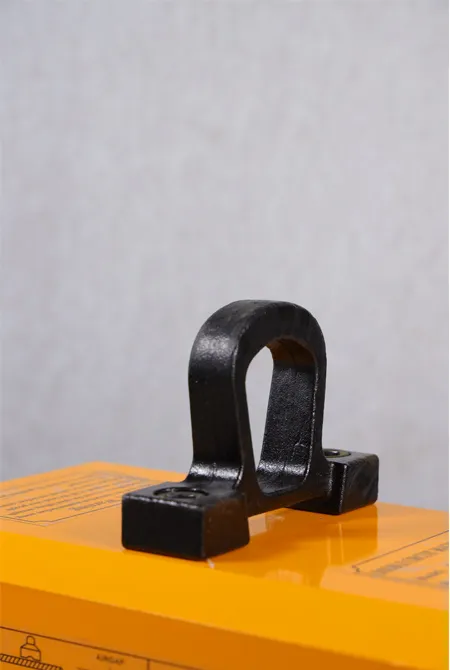Exploring Innovative Techniques in Workshop Gantry Design and Implementation for Enhanced Efficiency and Performance
The Evolution of Workshop Gantries Revolutionizing Manufacturing and Construction
In today’s fast-paced industrial environment, the efficiency and safety of operations are paramount. One of the key innovations that have emerged to enhance these aspects in manufacturing and construction is the workshop gantry. These structures play a crucial role in lifting, moving, and positioning heavy materials and components, facilitating smoother workflows and improving overall productivity.
What is a Workshop Gantry?
A workshop gantry is a type of framework designed to support overhead lifting equipment, such as hoists or cranes. Typically constructed from robust materials like steel or aluminum, gantries can be either stationary or portable. They serve multiple industries, from manufacturing plants and warehouses to construction sites and service workshops.
Design and Types
Gantry systems come in various designs, catering to diverse operational needs. The most common types include
1. Fixed Gantry Cranes These are permanently installed in a specific location, providing significant lifting capacity and stability for large-scale operations.
2. Portable Gantry Cranes These offer flexibility in movement and can be easily relocated as needed. They are ideal for smaller workshops or projects requiring mobility.
3. Adjustable Gantries These allow for height adjustments, accommodating different lifting tasks and facilitating versatility in various applications.
4. Overhead Gantries Installed above workspaces, these cranes provide unobstructed floor space and are often used in assembly lines or areas where floor space is at a premium.
Benefits of Workshop Gantries
workshop gantry

The adoption of workshop gantries in industries comes with a multitude of benefits. Here are several key advantages
1. Increased Efficiency With the ability to lift heavy loads swiftly and safely, gantries significantly reduce the time required for loading and unloading tasks. This efficiency translates into faster production cycles and enhanced operational throughput.
2. Improved Safety Workshop gantries minimize the risk of injuries associated with manual lifting. By using mechanized systems to handle heavy items, workers can avoid strains and other accidents, fostering a safer work environment.
3. Versatile Applications Gantries can be used in various applications, such as assembly, maintenance, and repair tasks. Their adaptability makes them invaluable in multiple settings, from automotive repair shops to large-scale manufacturing facilities.
4. Cost-Effectiveness While the initial investment in a workshop gantry may seem significant, the long-term benefits, including reduced labor costs and increased productivity, often outweigh the upfront expenses. Organizations save money through fewer workplace injuries and less downtime.
5. Space Optimization Especially with overhead gantry systems, floor space is maximized, allowing for more efficient organization of equipment and materials. This optimization is particularly beneficial in environments where space is limited.
The Future of Workshop Gantries
The future of workshop gantries looks promising, with advancements in technology driving their evolution. Innovations such as smart sensors, automation, and IoT integration are paving the way for more sophisticated gantry systems. These technologies enhance precision, control, and data collection, enabling operators to monitor loads and optimize processes in real-time.
As industries continue to embrace lean manufacturing and automation, the role of workshop gantries will likely expand, becoming an integral part of smart factories and construction sites. Their versatility, efficiency, and safety features ensure that they will remain a staple in modern operational practices.
Conclusion
Workshop gantries represent a crucial intersection of safety, efficiency, and technological advancement in various industries. As we move forward, their design and functionality will continue to evolve, further enabling improvements in production and construction processes. The ongoing investment in these structures signals a commitment to enhancing industrial and manufacturing capabilities, ensuring a safer and more productive future for all.
-
The Ultimate Guide to Heavy Machinery Moving EquipmentNewsAug.04,2025
-
The Evolution of Large Equipment MoversNewsAug.04,2025
-
Maximizing Efficiency with PML Magnetic Lifters in Industrial OperationsNewsAug.04,2025
-
Choosing the Best Small Gantry CraneNewsAug.04,2025
-
Innovations in Permanent Lifting Magnet TechnologyNewsAug.04,2025
-
How to Maintain Your Adjustable Gantry Crane for LongevityNewsAug.04,2025
-
PML 6 Lifting Magnet Troubleshooting GuideNewsJul.25,2025
